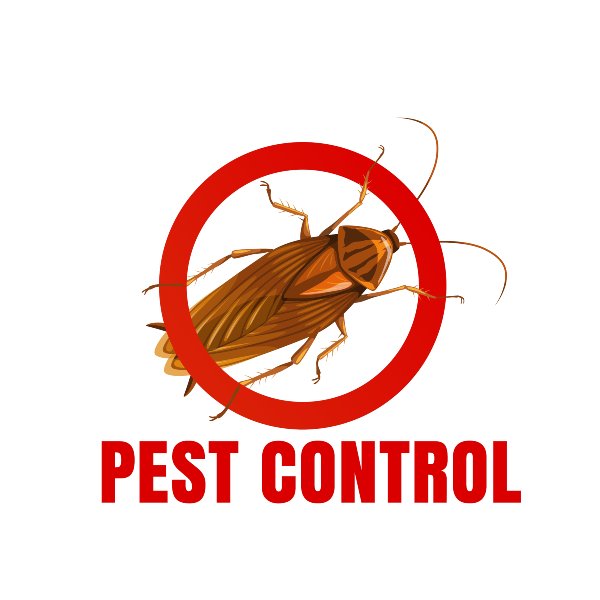A1 Charlotte Pest Control Companies - Your Neighborhood Pest Experts
Wiki Article
Bed Pest Therapy Failure: Contrasting Chemical Vs. Non-Chemical Solutions
In the world of insect control, specifically when handling the relentless concern of bed pests, the selection in between chemical and non-chemical treatment services can be a critical one. Both approaches provide distinctive advantages and disadvantages, influencing aspects such as performance, safety and security considerations, and overall price. By taking a look at the nuanced information of each method, a clearer understanding of which course to pursue in dealing with a bed insect problem can be obtained.Performance of Chemical Treatments
Chemical treatments for bed pest invasions have actually been extensively recognized for their fast and potent efficacy in getting rid of these insects. When thinking about the effectiveness of chemical treatments, it is crucial to recognize that they can offer a fast and extensive service to a bed bug issue.Furthermore, chemical treatments have the advantage of offering residual impacts, indicating that they can proceed to remove bed pests also after the preliminary application. This recurring activity is specifically useful in combating any possible re-infestations. In addition, the rapid action of chemical therapies can bring alleviation to people dealing with extreme bed insect infestations, allowing them to gain back control of their living areas rapidly.
Security Issues With Chemical Solutions
One crucial aspect that requires mindful factor to consider when making use of chemical options for bed bug therapy is making sure the security of residents and the setting. While chemical treatments can be reliable in eliminating bed insects, they might pose risks if not taken care of effectively. One of the main security issues with chemical services is the possible injury they can create to human health and wellness. Direct exposure to specific chemicals used in bed insect treatments can lead to breathing issues, skin irritation, or other adverse reactions, specifically in people with pre-existing problems or sensitivities. Furthermore, incorrect application or dose of chemical pesticides can cause harmful residues remaining in the cured area, positioning lasting health and wellness threats to passengers.Furthermore, the ecological impact of chemical options is an additional considerable consideration. Some pesticides utilized in bed insect treatments may be unsafe to valuable pests, wild animals, and communities if they leach right into the dirt or water supply. It is necessary to use chemical treatments judiciously, following safety guidelines, and thinking about much less poisonous options to alleviate these risks and make sure the secure and effective management of bed pest invasions.
Advantages of Non-Chemical Techniques
Thinking about the possible safety worries and ecological effect linked with chemical services for bed insect therapy, exploring non-chemical techniques provides an appealing option with several distinct benefits. Non-chemical therapies are eco friendly, as they do not contribute to air or water air pollution, making them a lasting selection for parasite control.In addition, non-chemical remedies can be reliable in targeting bed pests, including hard-to-reach areas where chemical treatments may not penetrate - A1 charlotte bed bug exterminator. Techniques such as warmth therapy, vacuuming, vapor cleansing, and bed mattress coverings give complete obliteration without the use of damaging chemicals.
great site
Limitations of Non-Chemical Treatments

Furthermore, non-chemical treatments often require numerous applications to achieve successful removal. This can be taxing and might not constantly guarantee full elimination of all bed bugs and their eggs, specifically in hard-to-reach or concealed areas.
Moreover, the success of non-chemical therapies heavily relies upon appropriate execution and thoroughness, which can be challenging for individuals without specialist competence. Inadequate application of non-chemical approaches might result in incomplete eradication, causing persistent infestations and the requirement for added therapies.
As a result, while non-chemical therapies have their benefits, it is essential to recognize these restrictions and consider them when identifying one of the most reliable approach for managing bed bug problems.
Cost Comparison: Chemical Vs. Non-Chemical Options
Given the restrictions related to non-chemical therapies, an important element to review in the context of bed bug administration is the expense comparison between chemical and non-chemical choices. Chemical therapies typically include the application of pesticides by specialists, which can range from $250 to $900 per area, depending upon the severity of the invasion and the dimension of the location to be treated. On the other hand, non-chemical treatments like warmth treatment or vapor can be much more costly, with prices varying from $1,000 to $6,000 for a whole home. over here While the preliminary cost of chemical therapies might seem reduced, multiple therapies might be required to fully get rid of the invasion, possibly boosting the overall price. On the various other hand, non-chemical alternatives may offer a more green and sustainable service, although they can be cost-prohibitive for some individuals. Inevitably, when thinking about the cost of bed pest treatment alternatives, it is vital to evaluate the upfront expenses against the efficiency and lasting sustainability of the picked method.Final Thought

Thinking about the possible safety and security problems and environmental influence linked with chemical solutions for bed insect treatment, exploring non-chemical approaches provides a promising option with several distinctive benefits.Offered the constraints associated with non-chemical treatments, an important facet to examine in the context of bed bug monitoring is the cost comparison in between chemical and non-chemical alternatives. In comparison, non-chemical treatments like warmth therapy or steam can be extra expensive, with costs ranging from $1,000 to $6,000 for a whole home. While the initial expense of chemical therapies might seem lower, multiple therapies might be needed to totally eliminate the infestation, possibly raising the general expense.In additional reading conclusion, when contrasting chemical and non-chemical bed bug treatment choices, it is important to take into consideration performance, safety, benefits, restrictions, and cost.
Report this wiki page